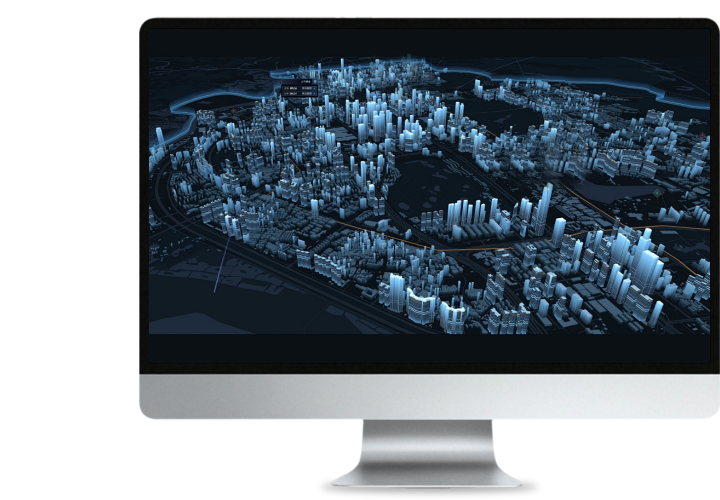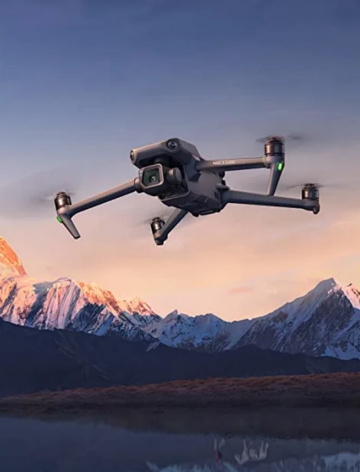With over a decade of experience in autonomous development, design, production, sales, technical training, and after-sales services for drones and related software/hardware systems, ZKYS possesses comprehensive capabilities to deliver integrated drone system solutions. Our expertise spans: overall platform design, aerodynamic optimization, stealth technology development, composite material structural engineering, avionics and control system R&D, payload module engineering, system integration, final assembly coordination, and flight testing. The company maintains complete technical proficiency in drone system R&D with proven operational readiness.
The company boasts a cutting-edge R&D team led by top technical experts, with decades of military-industrial expertise. Our services span environmental monitoring, industrial surveying, emergency firefighting, wind power inspection, military border defense, battlefield situational awareness, and other critical sectors. We specialize in delivering high-quality, highly-reliable professional drones for defense and industrial applications. Our system solutions are fully customizable to meet specific client requirements, ensuring comprehensive coverage of drone applications across diverse operational scenarios.









 Turing Digital Earth
Turing Digital Earth
 Turing Data Platform
Turing Data Platform
 High-resolution maps
High-resolution maps
 Aerial imagery data
Aerial imagery data
 Satellite remote sensing data
Satellite remote sensing data
 Customized UAV development
Customized UAV development
 Aerial Surveying and Mapping Photography
Aerial Surveying and Mapping Photography
 Electronic Map Production
Electronic Map Production
 Smart City Development
Smart City Development
 Natural Resource Applications
Natural Resource Applications
 Emergency Management Systems
Emergency Management Systems
 Power Grid Management and Maintenance
Power Grid Management and Maintenance
 Water Resources Industry
Water Resources Industry
 Forestry and Grassland Sector
Forestry and Grassland Sector
 Industry-Education Integration
Industry-Education Integration
 About Us
About Us
 News Information
News Information
 Recruitment
Recruitment
 Cooperation Consultation
Cooperation Consultation




 返回
返回




















